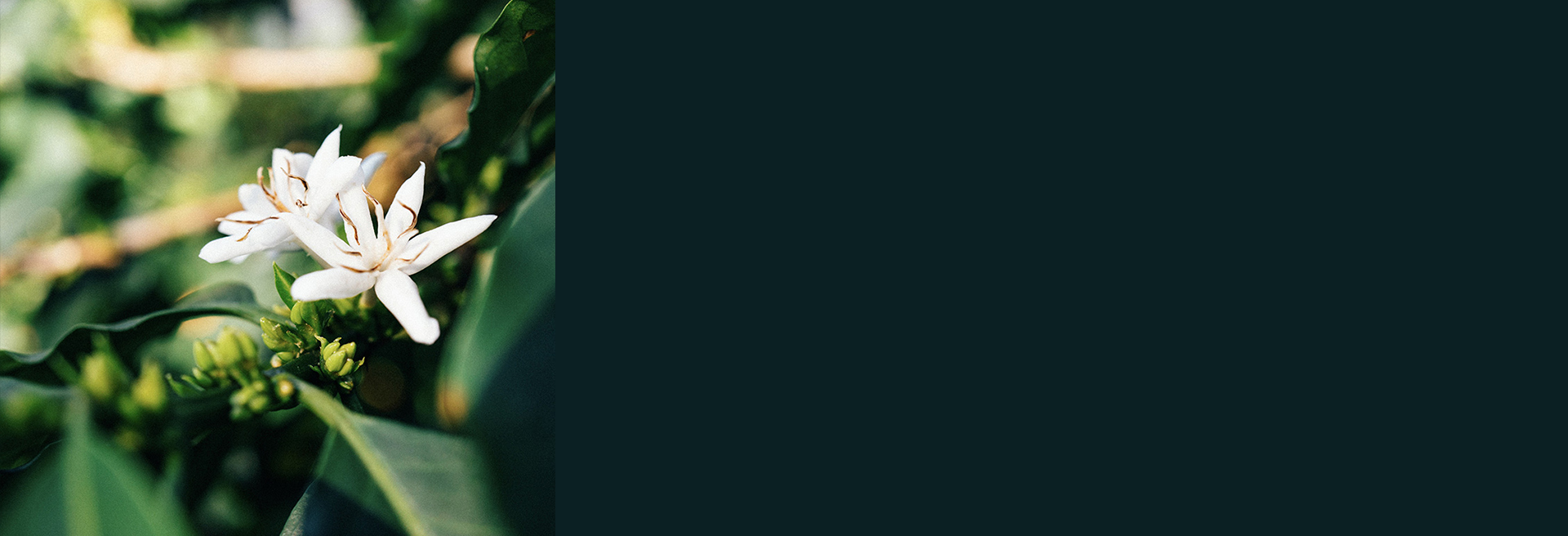Winter break · Next roast Jan. 7
Ethiopia
Sagara Lot 3 - Ethiopia
250g
QUALITY SCORE: 88.50
Cup Notes
Lemon Verbena / Jasmine / Earl Grey / Hops
Suggested for espresso and filter
when we roast
We freshly roast to order all coffees on Monday, Wednesday and Friday (excluding national holidays), and ship the same day! Cut-off time is 11:59pm (UTC+1) of the day before the roast day. *We only ship whole beans*
Details
- Quality Score
- 88.50
- Producer
- Several Small Farmers
- Country
- Ethiopia
- Terroir
- Sidama
- Altitude
- 1980 mt
- Process
- Classic Washed
- Arabica cultivar
- Heirloom
- Picked in
- Dec 2019 - Jan 2020
- Arrived in
- July 2020
- Shipped in
- Jute + GrainPro
- Roast profile by
- Rubens Gardelli
- Roasted on
- Customised solid-drum roaster
THE STORY BEHIND
Sagara washing station is owned by Daye Bensa Coffee Export, who own farms and washing stations around Southern Ethiopia. This particular washing station is located in the Segera kebele within the Bensa woreda of the Sidama zone. The washing station sits 1980masl and the coffee cherries are purchased from outgrowers with farms nearby. They are typically small farmers with between 0.5 and 3 hectares of land which is managed organically with compost and is often grown within the native forest. There is a mix of varieties in the area, some of which are local landrace selections, but more commonly it is the 74158 variety, which is a selection from the Jimma research centre. 74160 is widely distributed varieties across Ethiopia and was selected for its resistance to CBD and high yield. The coffee delivered to the Segera washing station is pulped, fermented under water and then washed before being placed on raised beds to dry for around two weeks. At this site the team are very selective about cherry quality ensuring only the ripest are bought and make sure the coffee is dried slowly with a skin drying phase to start the process. This year we have three lots from the same washing station, since they all stood out on the cupping table, but each one has its unique qualities. This is lot 3.
THE VARIETY
Ethiopian Heirloom, why the generic name? It's estimated that there are somewhere in-between six and ten thousand coffee varietals in Ethiopia. And due to this colossal figure, there hasn’t been the genetic testing to allow buyers to distinguish the varietal. With the cross pollination that naturally happens in the wild, the name ‘Ethiopian Heirloom’ exists as a catch-all phrase to describe this happenstance. However, that really makes Ethiopian quite a mystery – and an interesting mystery as each village or town could potentially have a different varietal which could carry very unique properties.
THE FERMENTATION PROCESS
Washed coffees showcase solely the bean. They let you taste you what’s on the inside, not the outside. Washed coffees depend almost 100% on the bean having absorbed enough natural sugars and nutrients during its growing cycle. This means the varietal, soil, weather, ripeness, fermentation, washing, and drying are absolutely key.
Washed coffees reflect both the science of growing the perfect coffee bean and the fact that farmers are an integral part of crafting the taste of a coffee bean. When looking at washed coffees, it becomes apparent that the country of origin and environmental conditions play a vital role in adding to the flavour.
During wet processing, the pulp (i.e.the exocarp and a part of the mesocarp) is removed mechanically. The remaining mesocarp, called mucilage, sticks to the parchment and is also removed before drying. During this process, the sugars present in the mucilage are removed through natural fermentation or mechanical scrubbing. Mucilage is insoluble in water and clings to parchment too strongly to be removed by simple washing. Mucilage can be removed by fermentation followed by washing or by strong friction in machines called mucilage removers. Fermentation can be done by stacking the coffee outside or placing it under water and allowing nature to take its course. After the sugars are removed, the beans then can be taken through a secondary washing to remove any additional debris, or taken immediately to the beds for drying.



